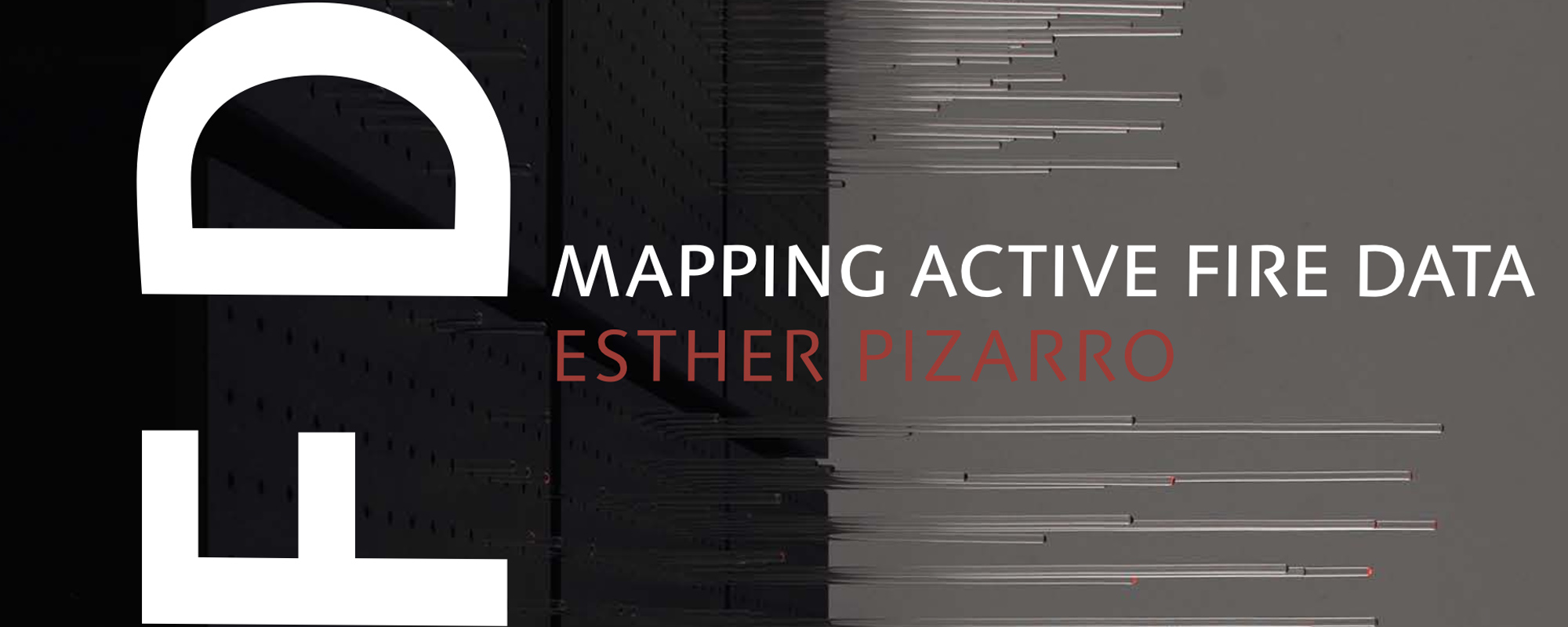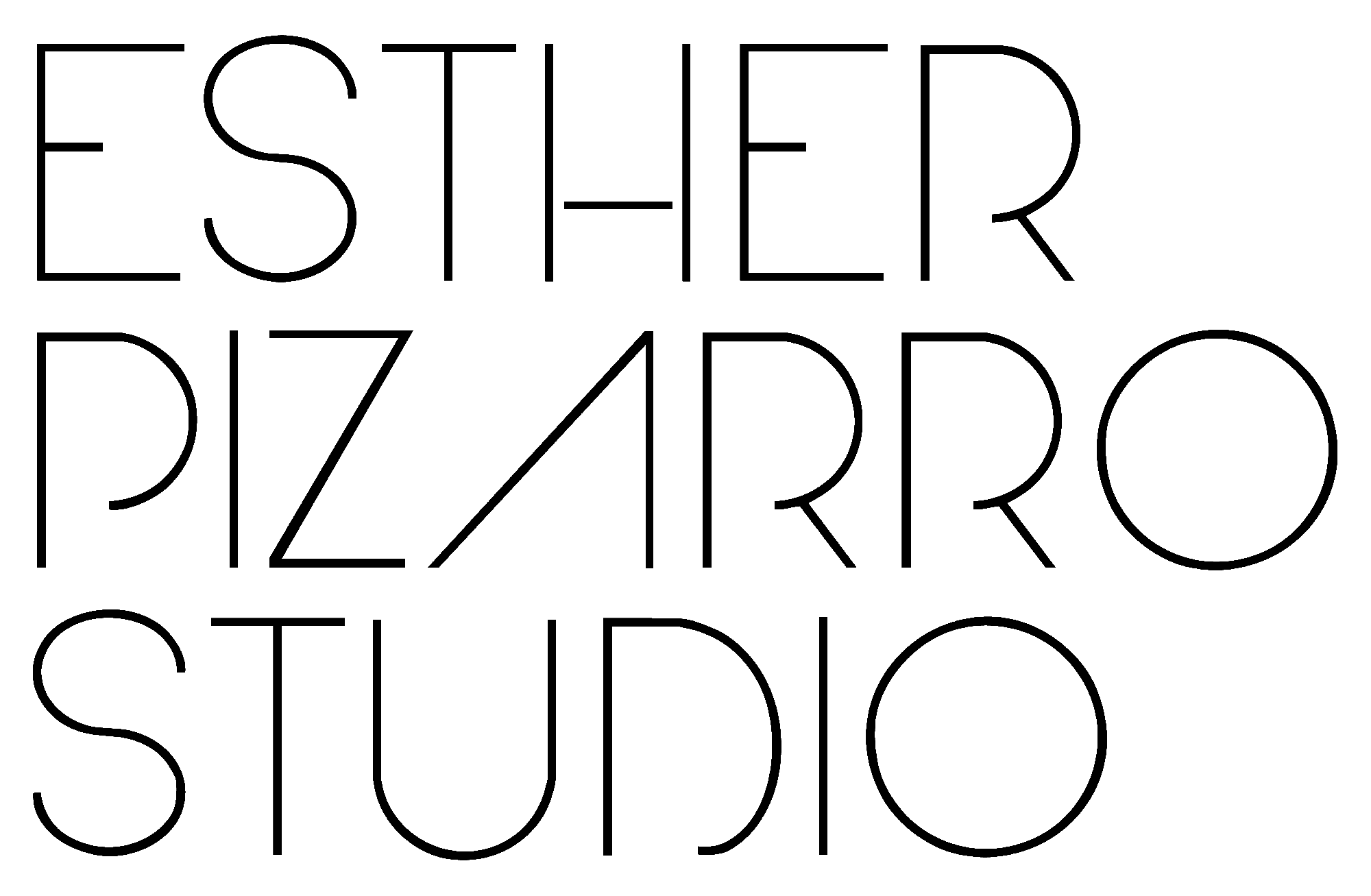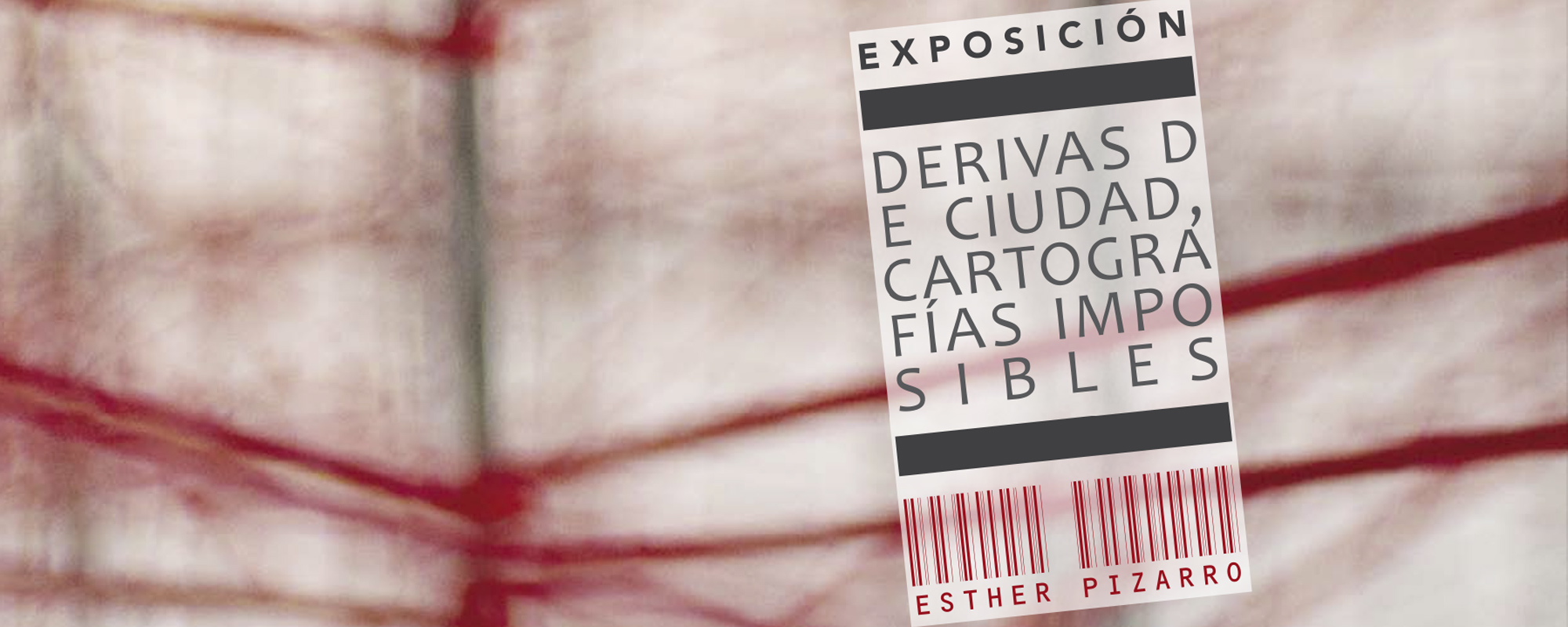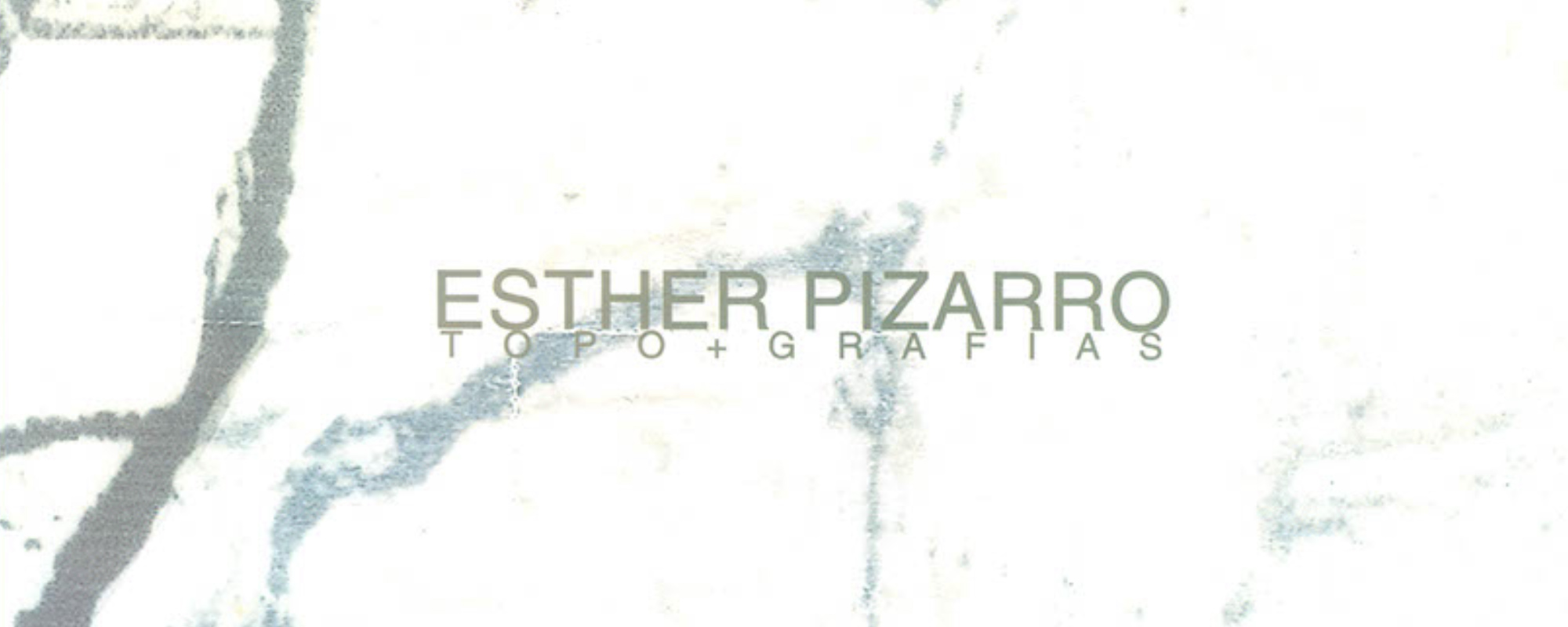TORRES, Begoña (2018) :: Catalog text: [MAFD] :: Mapping Active Fire Data

TORRES, Begoña (2018). “[MAFD] :: A cartographic landscape of fires”. Exhibition catalog text: [MAFD] :: Mapping Active Fire Data, Secretaría General Técnica, Subdirección General de Atención al ciudadano, Documentación y Publicaciones, Ministerio de Cultura y Deporte
This morning we woke to truly shocking news about the consequences of the actions of human beings for the surface of the planet. A report endorsed by more than fifty-nine scientists from around the globe has confirmed that since 1970, 60% of all vertebrates in the entire world and almost half of the plants have disappeared completely from the Earth. Many believe that it is possible to talk about a ‘sixth extinction’ which, unlike all of the preceding ones – the result of natural phenomena evolving over a long time – is being caused exclusively by human beings. In addition, it is taking place over an extremely short period of time.
The first decade of the 21st century has been the hottest on record: ocean temperatures are dropping at alarming rates, glaciers are melting, global heat is edging up, permafrost regions are shrinking and the polar ice sheets are disappearing. On top of all this, there are the effects of overconsumption, rubbish, pollution, environmental poisoning, the impact of burning coal, extreme weather phenomena, ocean acidification, widespread fires, and more.
In 1896, Swedish physicist Svante Arrhenius conducted the first systematic research into what is known as the ‘greenhouse effect’. What has happened since James Hansen of NASA first warned the American Senate about global warming? As we all know, ignorance can often morph into something quite similar to complicity. And paradoxically, under President Donald Trump, the US Department of Energy has currently banned the use of the term ‘climate change’.
In a world determined to not see the harsh reality, to deny the facts, as if the disastrous consequences of human activity for the planet’s surface were nothing but a bad film produced by Hollywood, the task of providing the population with information is vital. The real difficulty lies in achieving effective communication with a non-specialist audience regarding the global dimensions of climate change and its adverse effects.
Although it is true that there is some passivity in this regard among governments, countries, institutions and companies, it is also true that scholars, scientists, philosophers, physicists, anthropologists, linguists, neurologists, psychologists, molecular biologists and artists are tackling the issue from a pluri-disciplinary perspective, giving rise to conceptual symbioses which have made it possible to update fundamental premises and enabled new branches of study to emerge. These scientific currents are conscious of the fact that humans have a clear impact on our environment, while also being affected by it and by the consequences of their own actions.
It is also true that the public is literally being ‘bombarded’ with information of all kinds and that the semantic field which includes the terms ecological and sustainability has expanded to the point where it constitutes an empty signifier that refers to everything and nothing in particular: ‘sustainability’, ‘sustainable economy’, ‘sustainable tourism’, ‘environmental planning’, ‘ecotourism’, ‘eco-town planning’, etc.
While such classic figures in sociological thought as Max Weber, Max Horkheimer and Theodor W. Adorno viewed the increase – always linear – in rational control over nature as the characteristic feature of modernity, the German sociologist Ulrich Beck, professor at the University of Munich and the London School of Economics, and author of the famous 1986 book Risk Society, observed that the sign of our times is the inability to rationally control nature.
In 2002, Beck spoke of the decisive emergence of a series of discursive (political) strategies that are used to assign ‘reality’ to certain cultural constructs around ecological deterioration: the selective definition of certain issues and questions as ‘unique’ (ozone layer, global warming, loss of biological diversity), the use of barely transparent processes to define various realities (especially important as a means of exercising power), attempts to inspire trust through the visual representation of threats, etc.
The sphere occupied by science and politics in today’s society is giving rise to completely new institutional and intellectual transformations. In these times, science has ceased to be a source of certainty, as it was in the past, leading to the appearance of a new element on the scene: distrust. Many of us think that everything depends on our actions in the present.
Given the threats facing humanity, when the climate has changed and genetics has irreversibly acted on human existence, it may seem that it is already too late to actively do anything, and in contrast, the principle of precaution through prevention gains value. The new types of risk, which foretell global catastrophes, are shaking the foundations of modern societies.
The stakeholders who should guarantee security and rationality (state, science, industry) are now playing a highly ambivalent role. They are no longer guardians, but suspects; they are no longer managers of the risk, but those responsible for it.
From the European perspective, at the current time, the dangers of climate change are much more important than the dangers of nuclear power or terrorism. The opposite is true for many Americans, who may brand Europeans as suffering from ‘environmental hysteria’.
Works of art related to environmental damage have become a major field of interest for a significant number of artists. Creators are seeking ways to express their concern about the human impact on the planet. They ask questions and investigate answers, being fully aware that human events have become one of the most important factors influencing the Earth’s atmospheric, biological and geological processes.
By doing so, they hope to generate awareness of the dangerous situation in the spaces affected and tackle a new perspective on nature. As a result, we may speak of art as a mediator, capable of offering the possibility of generating socio-emotional bonds, as well as a respectful approach to the natural and social environment.
This is the terrain through which Esther Pizarro’s work moves. It swings, without ambiguity, between concern about the deterioration of the planet, commitment to a new awareness of society’s involvement in this problem, and simultaneously, a committed environmentalism with a pedagogical stance, but one not necessarily linked to advocacy-based political movements or fanatical activism.
Esther Pizarro is an artist on the fringe of various trends, techniques and ways of understanding creation, capable of undertaking a certain reconsideration of artistic work from a great diversity of media. The value of interdisciplinary dialogues consists not only of the convergence of diverse points of view, but also of making it possible for new – more understanding, more subtle – ways of questioning reality to emerge.
The territory within which our artist operates is demarcated between spatial poetics: a real space – like that which she has succeeded in creating at Tabacalera – a typology based on languages and cartography, and the understanding of the role visual representations play in the formation of our knowledge about the world in which we live.
Her work always seeks to make the citizenry reflect on their own framework of life and their relationship with the human habitat, encouraging them to compare the different modes of existence adopted by civilizations. The reality is that we are still not fully aware of the importance and environmental consequences of our actions, as our lack of awareness of and respect for nature demonstrates all too well.
In the age of ‘mechanical reproduction’, in which images of all types and formats proliferate, Esther manages to create devices of significance, which stimulate unexpected poetic and political returns.
The artist systematically groups, selects and associates data through images gathered in a complex relational structure, reflected in texts, maps, cartography, photographic impressions, topographies and ‘sculptural’ elements capable of creating sets of relationships which give rise to the inception of more general structures. Her spatial arrangements are becoming increasingly more complex, with multiple refractory patterns and representations.
[MAFD] :: Mapping Active Fire Data is a project which encompasses various actions taking place over time. It is three-dimensional and dynamic cartography whose aim is to reveal the existence of one of the most serious pollution phenomena on the planet: wildfires, caused directly by human action or by aspects of the agri-food industry or livestock farming.
The artist’s concern is a response to the fact that this phenomenon is not sufficiently known because it is largely invisible. Greenhouse gas emissions caused by human impact have increased the probability of extreme heat events on more than 80% of the planet. The increase in temperatures and more intense droughts are responsible for the dramatic rise in the number, heat and ferocity of wildfires. The colour red, the incandescent flames, seems to be overwhelming the planet’s surface in an uncontrolled manner.
Using pixel mapping, Esther has captured thermal information for the Earth, working out which points on the planet’s surface are in flames and then uploading them to a map updated in real time, producing a terrible image. We know about the magnitude of the fires in Galicia and Portugal every summer, and the regular crises that devastate California and Australia, but not as much about other regions for which fire is yet another element of their daily life. The image of tropical Africa, totally covered with dots indicating the existence of flames, is alarming. For what is more, we barely receive any news of it in the media.
Despite this pessimistic outlook – it is not a matter of offering a dark and apocalyptic impression – the MAFD project tackles the problem from a positive premise – although one suffused with a critical gaze – focused on the need to implement alternative precautions for the future.
This project stresses ecology and sustainability, making visible what may sometimes appear hidden, with the ultimate aim of waking the audience up so that they will remember and be aware of the responsibility for their actions.
The artist utilizes media and technology to explore the concept of ecology. In the words of Timothy Morton, ecological thought means examining all of the chains, relationships, processes, dependencies, conditions and interfaces in which the diversity of animate and inanimate inhabitants of the Earth ‘coexist’.
Technology is not solely a means, a mere instrument, but paradoxically, it becomes an actor that produces knowledge around our biosphere. Terms such as ‘ecomedia’, ‘geomedia’, ‘earthmedia’ and ‘environmental media’ are hybrid combinations which collect and work with data on the physical environmental world (atmosphere, water, soil, human beings). These data are extracted using various measurement techniques, facilitating the ‘coordination’ between unknown worlds and their environmental forms, through certain technological devices.
As a new media artist, Esther Pizarro delves into big data with the aim of offering critical perspectives on the perception of the state of alert in which our ecosystem finds itself, through communications technology, interdisciplinary cooperation, technoscience and an interest in the natural world.
But this project does not rest exclusively on a purely technical vision, but also one which is aesthetic, narrative and generates experiences. It manages to create a very real ‘virtual reality’ that becomes a symbolic instrument capable increasing our attention to the main protagonist, in order to lead us to reflect on what is happening around us.
As if it were a wet lab, an experimental lab, and at the same time, material and digital, Esther succeeds in creating surprising relationships between humans and the media, a new form of intimacy among bodies, technology and data, experimenting with the hybrid, with transmedia arrangement, with the artificial, to reach the experience of the world as the main theme of discussion.
The current digital era, in which electronic information has priority, threatens to completely eliminate any material base. Nevertheless, the data used by Esther are visible and disquietingly tangible. They have been generated using digital protocols, but they have become objects; they have been transformed into something which can be hands-on. As the artist well explains to us, the project consists of fifteen wooden units, which are the material support. As is often customary in her most recent creations, Pizarro also works with a complicated material, in this case borosilicate glass, with which she has created transparent rods that, depending on the different heights they reach (the higher they are, the more activity), as well as through the red light on the tips, clearly show the intensity of the wildfires. To this are added methacrylate elements – laser engraved and cut. An ‘allegory’ of an evocative datascape, they rise like sculptural mountains and valleys to indicate the multiplicity of data and graphics, as if it were a three-dimensional screen, along with the reflection of the beams of light from the various rods on them. To all of this are connected ten atriles with a small touch screen which the audience can manipulate. This becomes an active element of the project due to its query capabilities – days, weeks and years – about the fires that occurred on the Earth’s surface each year during the decade between 2008 and 2017, based on three parameters: burned area, CO2 emissions and fire count.
It is a disquieting ‘game’ in which you never have a precise idea of the final result, as it is activated by the presence of the viewer through their instant search for combinations and readings. It is more a question of participation and environmental and emotional immersion than an austere retrieval of data, a fundamental and exhaustive measuring of the world.
Our impressions, which appear to encompass the spherical totality of the space, are made even stronger by the crackling sound of fire. This reinforces the idea that the world is aflame, with active fires on almost every continent.


